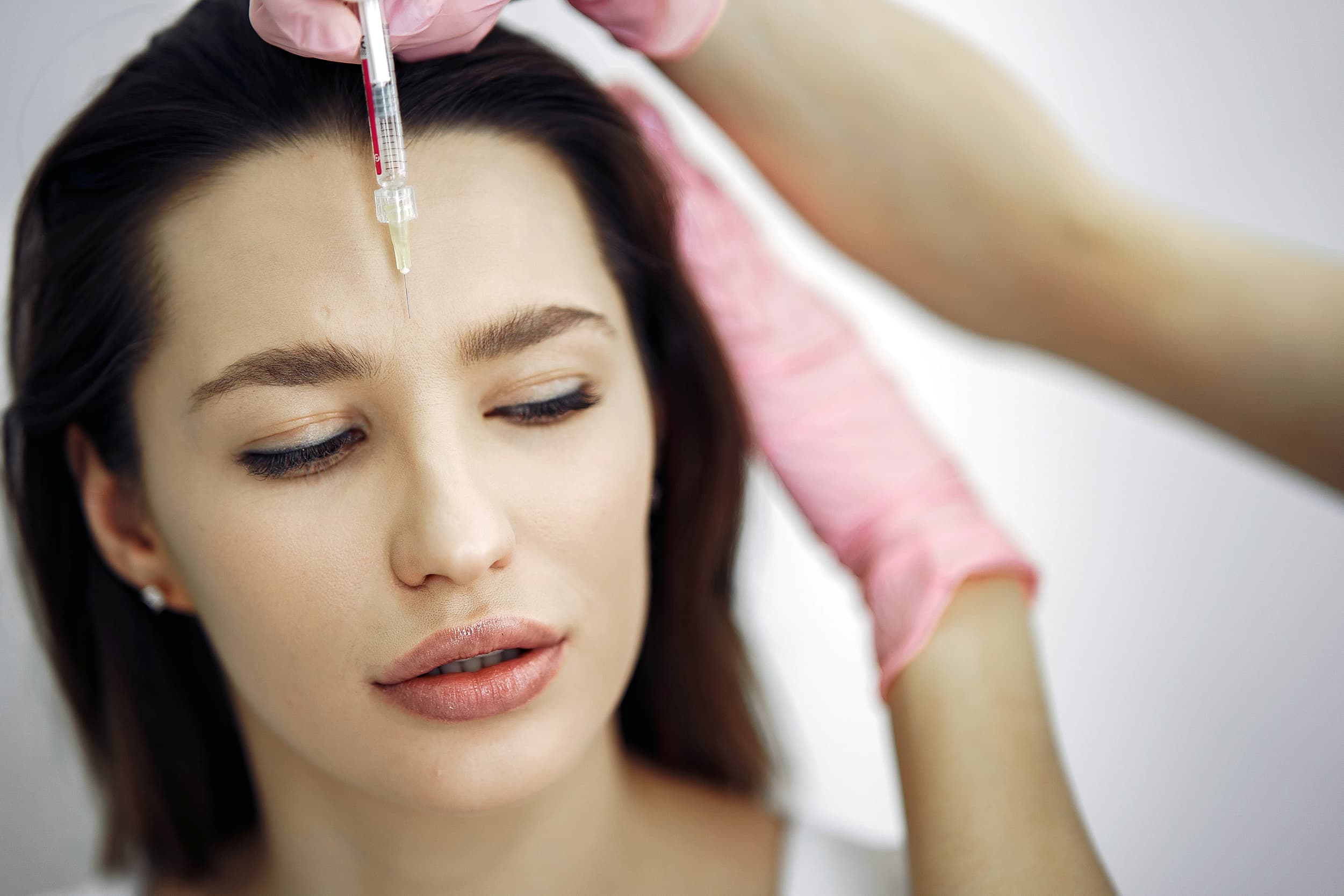There have been many theories to explain the dramatic increase in demand for non-surgical cosmetic treatments in recent years, with the popularity of Botox and dermal filler treatments growing year on year in the UK.
According to Harley St. Aesthetics, the non-surgical cosmetic treatment market is worth well over £3bn in the UK, and 9 out of 10 of these procedures are Botox or fillers.
Yet despite such procedures traditionally aimed at older patients to help achieve a more youthful look, the Botox and filler in the market is now being fuelled primarily by young people aged 18-34, with many people speculating that the social media boom and influencer culture has contributed to a huge proportion of younger people striving to achieve a similar aesthetic.
A survey carried out by Mintel found that 28% of 18- to 24-year-olds and 31% of 25- to 34-year-olds have had cosmetic treatment (compared with a 21% average for the wider population), whilst a recent study by Birmingham clinic Dr Aesthetica found nearly half of 18 to 34-year-olds would ask for a cosmetic procedure for Christmas.
This news comes amidst a report published last year by the Mental Health Foundation, which found that over one in five adults (22%) and 40% of teenagers said images on social media caused them to worry about their body image.
With the drastic increase in popularity of tweakments amongst younger people, general acceptance of cosmetic alternations has become more widespread and the treatments have become more accessible.
However, with long-term use of Botox and fillers being associated with some complications, new treatments are being developed to offer patients with an alternative to traditional fillers, with all-natural results.
Dr. Olivier Amar is one of Europe’s leading cosmetic surgeons and CMO of natural cosmetic treatment company Uvence. Now, Olivier shares his insights into why cosmetic alterations are becoming more widespread, and explores the new technologies that are providing alternatives to synthetic substances.
“It’s becoming extremely common for young men and women to have facial fillers and anti-wrinkle injections on a regular basis from mid-teens to early-twenties.
There are a lot of factors that are contributing to this increase in popularity, but I believe the main reasons behind the cosmetic treatment boom are celebrity and influencer culture, and the prominence of social media.
With this culture promoting a certain aesthetic, it’s not surprising that thousands of young people are deciding to undergo cosmetic procedures.
I have personally seen a noticeable increase in the number of consultations in my clinic that are being booked by people in their early and mid-twenties, who are looking to get ahead of the game and achieve their desired aesthetic, despite still being very young.
The cosmetic treatment industry in the UK is largely unregulated though, and long-term usage of synthetic substances has been associated with come health complications, so it must always be approached with caution.
As the industry develops and more people step into the world of cosmetic treatments at younger and younger ages, we are beginning to see patients who are becoming aware of the limitations of synthetic procedures.
Many patients are now focusing upon the idea of “wellness”, and are looking for long-term solutions that do not rely on synthetic substances.
With this in mind, there are now a number of alternative treatments to the traditional Botox and fillers, which exhibit incredible benefits without the use of potentially damaging substances.
One of the leading examples of such treatments is Uvence, a treatment which harnesses the body’s own self-repair system to boost the elasticity and vibrancy of one’s skin.
By extracting a patient’s fat cells and purifying them to remove all inflammatory and unnecessary materials, Uvence can create ‘super enriched tissue’ which can be re-injected to rapidly rejuvenate skin and provide long-lasting, natural results”.





